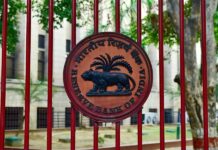The personal and corporate insolvency regimes under India’s Insolvency and Bankruptcy Code, 2015, are largely underpinned by UK statutes and common law. Singapore also follows the UK position and thus it may be useful to learn from the Singapore experience and compare positions between India and Singapore.

Partner
SNG & Partners
Making an application: India’s code permits any financial or operational creditor to make an application for insolvency on default of debt or interest payment. If the application is accepted, the adjudicating authority appoints an insolvency professional (IP) which has to be approved by the lenders. The IP’s mandate is to run the company as a going concern for the moratorium period of 180 days.
Singapore’s insolvency process has three options: (i) scheme of arrangement; (ii) appointment of judicial manager; and (iii) winding up of the company. A secured creditor has an option of appointing a receiver and manager for the secured property.
You must be a
subscribersubscribersubscribersubscriber
to read this content, please
subscribesubscribesubscribesubscribe
today.
For group subscribers, please click here to access.
Interested in group subscription? Please contact us.
你需要登录去解锁本文内容。欢迎注册账号。如果想阅读月刊所有文章,欢迎成为我们的订阅会员成为我们的订阅会员。
SNG & Partners has offices in Delhi, Mumbai, Singapore and Doha. Amit Aggarwal is a partner and Rahul Sud is an associate partner.

New Delhi – 110001
India
Contact details:
Tel: +91 11 4358 2000
Fax: +91 11 4358 2033
Email: info@sngpartners.in
Website: www.sngpartners.in


























